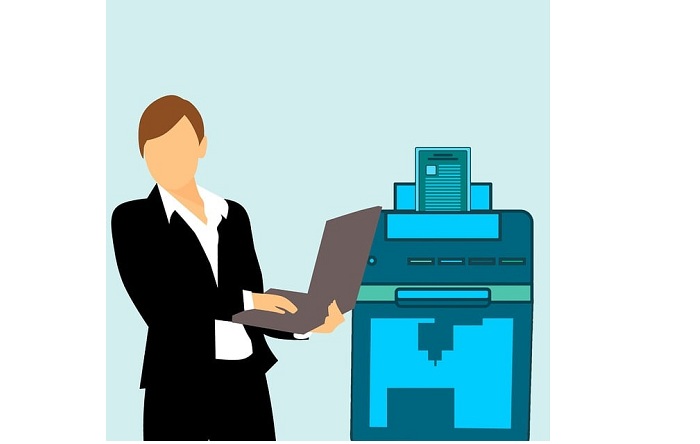Computer-Aided Design (CAD) printing is a critical tool for businesses in various industries, including architecture, engineering, product design, and manufacturing. A CAD printer is specifically designed to produce high-quality prints of CAD drawings, 3D models, and other technical documents. Choosing the right CAD printer for your business needs can be a challenging task, given the variety of options available in the market. This article will discuss essential components to consider when selecting a CAD printer.

Printing Technology
The first component to consider when choosing a CAD printer is the printing technology. There are two primary types of CAD printing technologies: inkjet and laser. Inkjet printers use liquid ink to print on paper, while laser printers use toner powder and a laser to fuse the toner onto the paper. Both types of printers have their pros and cons. Inkjet printers are ideal for printing high-quality images and graphics, but they can be slower than laser printers.
Print Quality
Print quality is the second aspect to consider when choosing a CAD printer. The quality of the print can have a significant impact on the effectiveness of the design and engineering process. High-quality prints with accurate color representation and sharp lines are essential for evaluating and refining technical drawings and models.
When evaluating print quality, consider the printer’s resolution and color capabilities. The resolution is the level of detail the printer can produce, measured in dots per inch (DPI). A highttps://en.wikipedia.org/wiki/Dots_per_inchher DPI typically results in a sharper image. Color capabilities refer to the range of colors the printer can produce, measured in the number of colors or shades of gray the printer can print.
Print Speed
Print speed is another factor to consider when choosing a CAD printer. Print speed can be an important consideration if your business requires a high volume of prints or if you need to meet tight deadlines. The speed of the printer is measured in pages per minute (PPM) or inches per minute (IPM) for large format printers.
Media Compatibility
The fourth factor to consider when selecting a CAD printer is media compatibility. These printers can print on a variety of media types, including plain paper, photo paper, vinyl, canvas, and more. The media compatibility of the printer will depend on the type of printer and the manufacturer’s specifications. Additionally, consider the maximum media size that the printer can handle, as this can impact your ability to print large format designs.
Connectivity Options
The fifth factor to consider when selecting a CAD printer is connectivity options. They typically offer a range of connectivity options, including USB, Ethernet, Wi-Fi, and Bluetooth. The connectivity options you choose will depend on your business needs.
If you need to print from multiple devices or locations, consider a printer with wireless connectivity options such as Wi-Fi or Bluetooth. Ethernet connectivity can provide a stable and secure connection for larger office environments, while USB connectivity can provide a direct and reliable connection between the printer and your computer.
Cost
The final factor to consider when selecting a CAD printer is cost. The cost of a printer can vary based on its features, printing technology, print quality, and more. When evaluating the cost of a printer, consider the upfront cost, ongoing maintenance costs, and the cost of consumables such as ink or toner cartridges.
Conclusion
Selecting the right CAD printer for your business needs can be a challenging task, but considering the factors discussed in this article can help you make an informed decision. When choosing a CAD printer, consider the printing technology, print quality, print speed, media compatibility, connectivity options, and cost. Investing in a high-quality CAD printer can improve your business’s productivity, efficiency, and overall quality of work.
